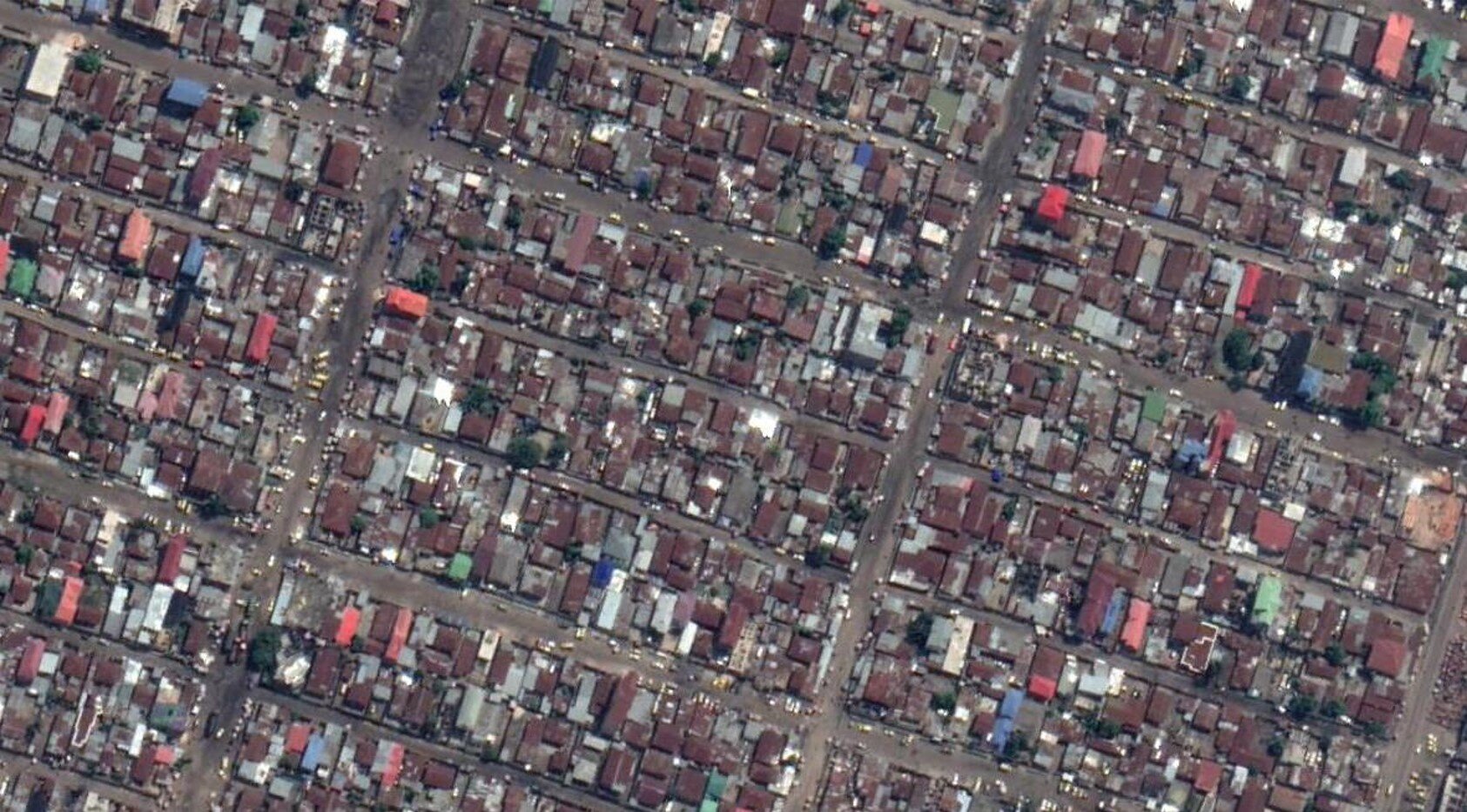
In a Waterproof Landscape, Something’s got to Give…
The transformation of natural savannah, forests and grasslands to densely populated urban centers radically transforms how rainwater is digested by the landscape. Native vegetation and undisturbed soils allow infiltration of nearly all precipitation; roads, roofs and other compacted surfaces respond in an opposite manner. Rainwater that no longer infiltrates into the ground must go somewhere, usually collecting in roads and low areas as it finds the most direct path to a river or ocean.
Most large cities around the globe have expensive underground storm drainage systems to accommodate this excess water. Rapidly urbanizing areas in central Africa typically do not. It is simply too expensive for local governments to afford at a meaningful scale. Unless wealthy countries are going to swoop in and solve this problem with billions of dollars of storm drainage catchments and pipelines, which they are not, the solution is to address runoff one roof at a time.
“Water, water everywhere, nor any drop to drink”
The simple activity of traffic on native surfaces roads typically results in the road surface being lower than the adjacent ground. This makes roads the defacto location for runoff to collect and move downhill. Depending on local topography, some roads can carry enormous amounts of water during a relatively common rainstorm. The likelihood and consequence of flooding and erosion get greater and greater as more water is collected.
Erosion and Flooding at a Scale Difficult to Imagine
The remains of a concrete roadside ditch suspended in the air. This entire area was once flat ground; now it is a 50-foot deep ravine.
Combine high density urban development, sandy erosion-prone soils, and a lack of storm water collection systems and you have the ingredients for catastrophic and existential flooding and gully erosion. In these densely populated urban settings, this equates to significant loss of life, livelihoods, and billions of dollars in infrastructure damage.
On the other hand, collecting water off roofs and roads, before it collects in unmanageable amounts, directly addresses the causes of flooding and erosion, not the symptoms.
A Closer Look
Video length 2 minutes.


